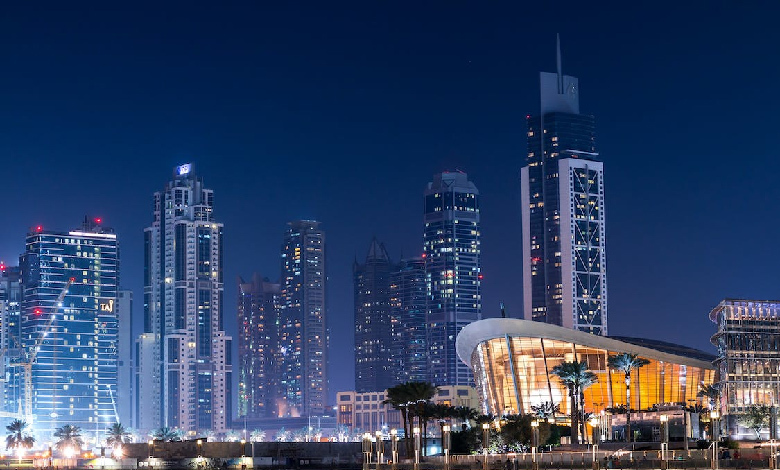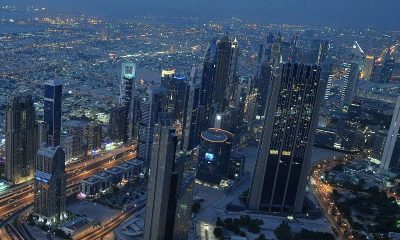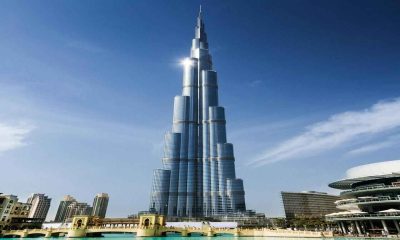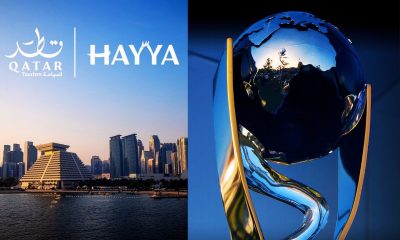Dubai in the UAE has become one of the most attractive economic hubs in the Gulf region. It boasts strong infrastructure and a flourishing economy, and has invested heavily in tourism and aviation to position itself as a major player globally.
Now, it seems some of the UAE’s Gulf neighbours are seeking to emulate the massive success. Under Saudi Crown Prince Mohammed bin Salman, the Kingdom’s focus on improving tourism and aviation sectors has been prominent, according to Business Insider.
Dubai was relatively late in joining the oil game. But it currently leads in economic diversification.
The entire region is in the midst of a difficult transition away from fossil fuels. Dubai first struck oil in 1966, but the capital Abu Dhabi had already found it eight years earlier. Two decades before that, Saudi Arabia discovered the largest source of petroleum on the planet.
Dubai is relatively late in joining the oil game. But it has already left other countries to catch up as they diversify their economies. Oil production used to account for 50% of Dubai’s GDP. The figure has now reduced to less than 1%, as per Bloomberg. It’s 40% for Saudi Arabia.
The UAE owes a major portion of its economic success to international travel. Over the past 25 years, Dubai has made significant progress in attracting foreign visitors, loosening rules around alcohol and investing in world-class infrastructure.
The development has paid off abundantly. Dubai was the second-most visited city in the world last year, according to CNN. No other city in the Middle East even made it to the top 20. Dubai has nine 5-star hotels, compared to two in Qatar and Saudi Arabia, as per Forbes.
Riyadh seeks to improve the country’s progress on international travel, aiming to attract 100-150 million visitors by the end of the decade. But the Kingdom is still facing significant challenges when it comes to global branding. Dubai has a staggering 25-year headstart.
Saudi Arabia’s increasing focus on Riyadh Air and megaprojects like Neom
The competition is perhaps the most notable in the aviation sector. Middle Eastern airlines are famous for offering some of the best business-class products. UAE’s Emirates has top amenities such as a shower for business-class passengers.
The airline remains the most popular one in the region by passenger volume and revenue, attracting $32.6 billion in the 2022/2023 financial year. But the contest is close as Qatar Airways reported $20.9 billion in the same period.
Founded in 1945, the flag carrier Saudia has never been as luxurious as other Middle Eastern carriers, reported Business Insider. Riyadh Air first showed off its distinct brand with a lavish purple livery at last year’s Paris Air Show. Its first flight is planned for 2025.
Nonetheless, Qatar has been quite explicit that it doesn’t want to be another Dubai. “The Qatar model is much more niche in the sense of going for specific events and more high travel,” said Kristian Coates Ulrichsen from Baker Institute for Public Policy told the agency.
If Saudi Arabia wants to become a popular hub, Riyadh Air cannot be its only focus. Ambitious projects like Neom must also attract visitors. The megaprojects and the new airline both need to be successful for the Kingdom to catch up as a tourism destination.
Read More: UAE the favoured country for international professionals seeking visas






















